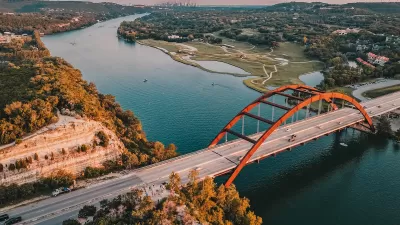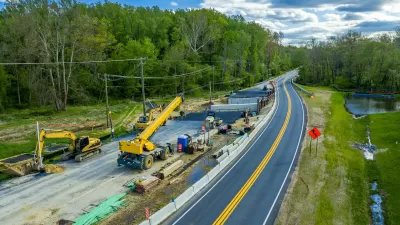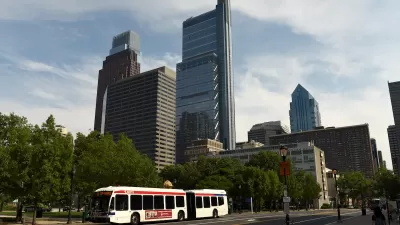Roads are to blame for interfering with and "boxing in" various animals' migratory patterns, sending ecologists on the hunt for new solutions to get wildlife moving.
"As traffic grows beyond 3,000 vehicles a day, crossing a road becomes extremely difficult. The 13 miles of Interstate 90 here, where grizzly bears would most likely cross, has 8,000 to 10,000 vehicles a day, and so is impermeable much of the time. And it is not just bears - wolves, wolverine and a host of other species roam here.
In recent years scientists have come to understand the marked changes brought by the roads that crisscross the landscape.
Some experts believe that habitat fragmentation, the slicing and dicing of large landscapes into small pieces with roads, homes and other development, is the biggest of all environmental problems. 'By far,' said Dr. Michael Soulé, a retired biologist and founder of the Society for Conservation Biology. 'It's bigger than climate change. While the serious effects from climate change are 30 years away, there's nothing left to save then if we don't deal with fragmentation. And the spearhead of fragmentation are roads.'
Fragmentation cuts off wildlife from critical habitat, including food, security or others of their species for reproduction and genetic diversity. Eventually they disappear."
FULL STORY: Thinking Anew About a Migratory Barrier: Roads

Alabama: Trump Terminates Settlements for Black Communities Harmed By Raw Sewage
Trump deemed the landmark civil rights agreement “illegal DEI and environmental justice policy.”

Study: Maui’s Plan to Convert Vacation Rentals to Long-Term Housing Could Cause Nearly $1 Billion Economic Loss
The plan would reduce visitor accommodation by 25% resulting in 1,900 jobs lost.

Planetizen Federal Action Tracker
A weekly monitor of how Trump’s orders and actions are impacting planners and planning in America.

Wind Energy on the Rise Despite Federal Policy Reversal
The Trump administration is revoking federal support for renewable energy, but demand for new projects continues unabated.

Passengers Flock to Caltrain After Electrification
The new electric trains are running faster and more reliably, leading to strong ridership growth on the Bay Area rail system.

Texas Churches Rally Behind ‘Yes in God’s Back Yard’ Legislation
Religious leaders want the state to reduce zoning regulations to streamline leasing church-owned land to housing developers.
Urban Design for Planners 1: Software Tools
This six-course series explores essential urban design concepts using open source software and equips planners with the tools they need to participate fully in the urban design process.
Planning for Universal Design
Learn the tools for implementing Universal Design in planning regulations.
Caltrans
Smith Gee Studio
Institute for Housing and Urban Development Studies (IHS)
City of Grandview
Harvard GSD Executive Education
Toledo-Lucas County Plan Commissions
Salt Lake City
NYU Wagner Graduate School of Public Service





























